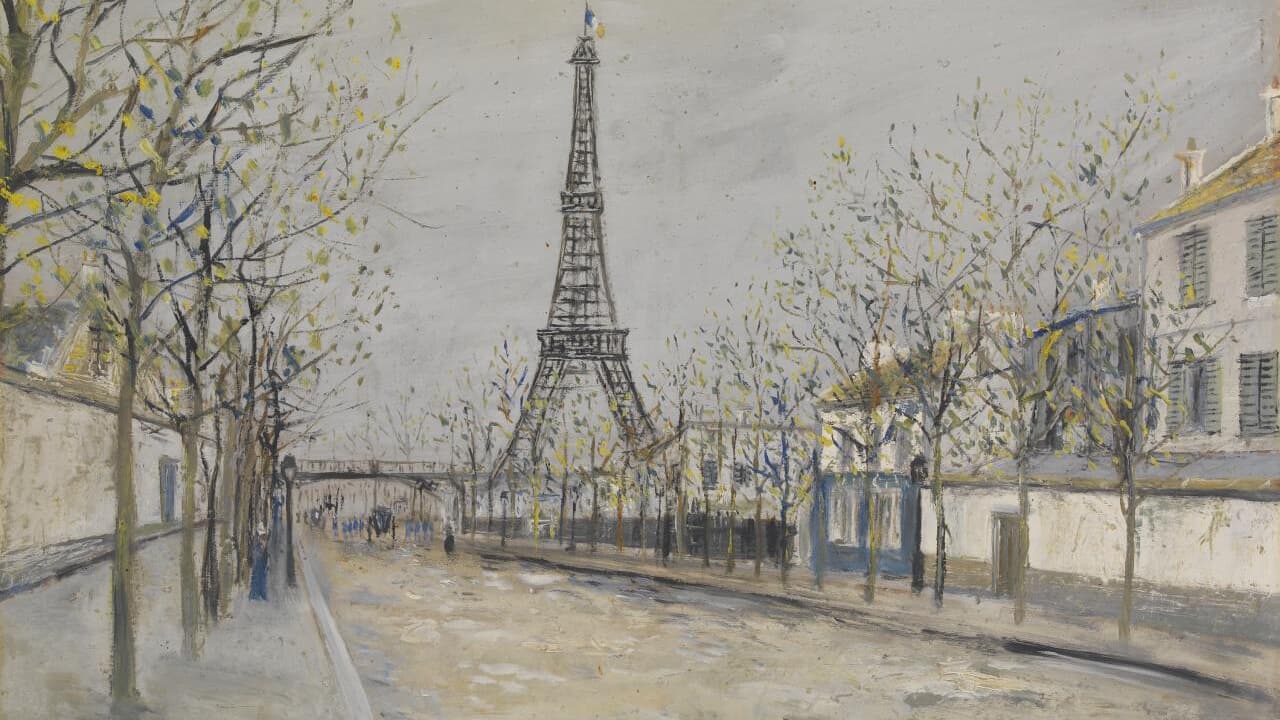Francis Poulenc’s Violin Sonata is music born out of war and tragedy.
It is one of a series of defiant, politically charged works Poulenc composed between 1942 and 1943 while remaining in occupied France.* The Sonata was dedicated to the Spanish poet, Federico García Lorca, who was arrested, imprisoned without trial, and executed by Falangist forces during the outbreak of the Spanish Civil War in 1936.
Poulenc, who wrote numerous chamber pieces for wind instruments, struggled to write the Violin Sonata. (Previous attempts resulted in sketches which were destroyed). The work was finally completed at the insistence of the great French violinist, Ginette Neveu, who gave the premiere at Paris’ Salle Gaveau recital hall on June 21, 1943 with the composer at the piano.
The first movement (Allegro con fuoco) alternates between snarling ferocity and melancholy. It begins with an abrupt, percussive piano jab, which provokes a biting response from the violin, and ends with twangy pizzicato.
The second movement (Intermezzo) is a tender elegy, marked “tres lent et calme.” The score is inscribed with a quotation from García Lorca, “The guitar makes dreams weep.” The violin’s pizzicati evoke the strumming of a guitar, an instrument on which the poet harmonized and recorded Spanish songs. Following the movement’s passionate climax, in which the violin plays in sensuous thirds, the music becomes icy and mysterious. Suddenly, it evaporates into the ether with a strange, haunting glissando.
The final movement (Presto tragico) is both fiery and frolicking. In the final moments, its seemingly unstoppable energy dissipates, fading into the gloom of a funeral march. The Sonata ends with a hellish shriek, followed by ghostly echoes.
I. Allegro con fuoco:
II. Intermezzo:
III. Presto tragico:
* Produced in Paris in 1942, under the noses of Nazi authorities, the score of Poulenc’s ballet, Les Animaux modèles, was laced with references to the anti-German song, “Vous n’aurez pas l’Alsace et la Lorraine.” In September and October of the same year, Poulenc anonymously published settings of two resistance poems by Louis Aragon.
Recordings
- Poulenc: Violin Sonata, FP 119: Midori, Robert McDonald Amazon
Featured Image: “Eiffel Tower from the Avenue de Versailles,” Maurice Utrillo

